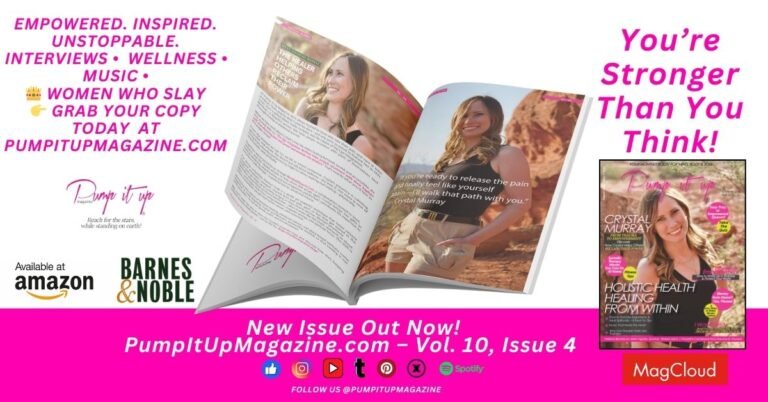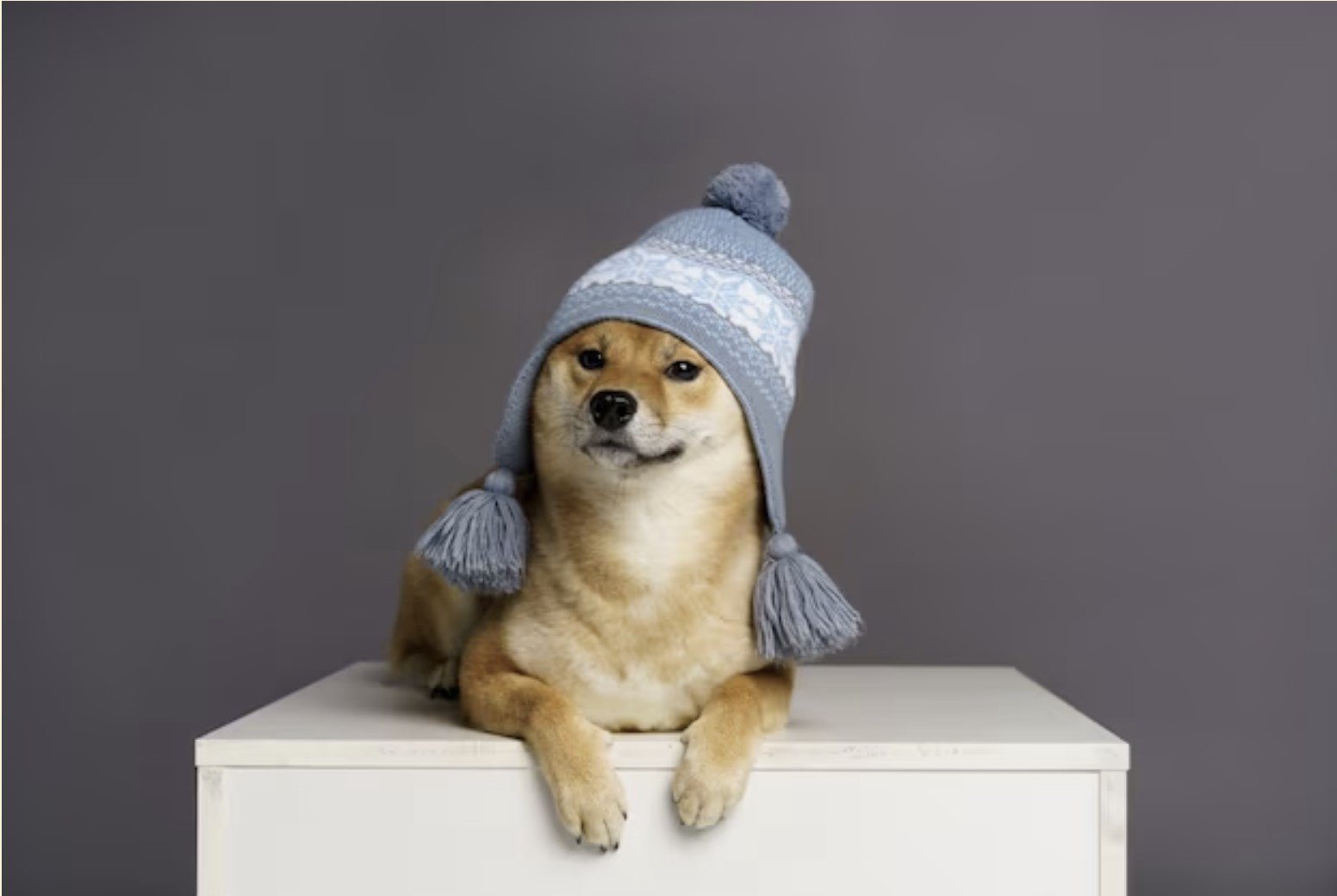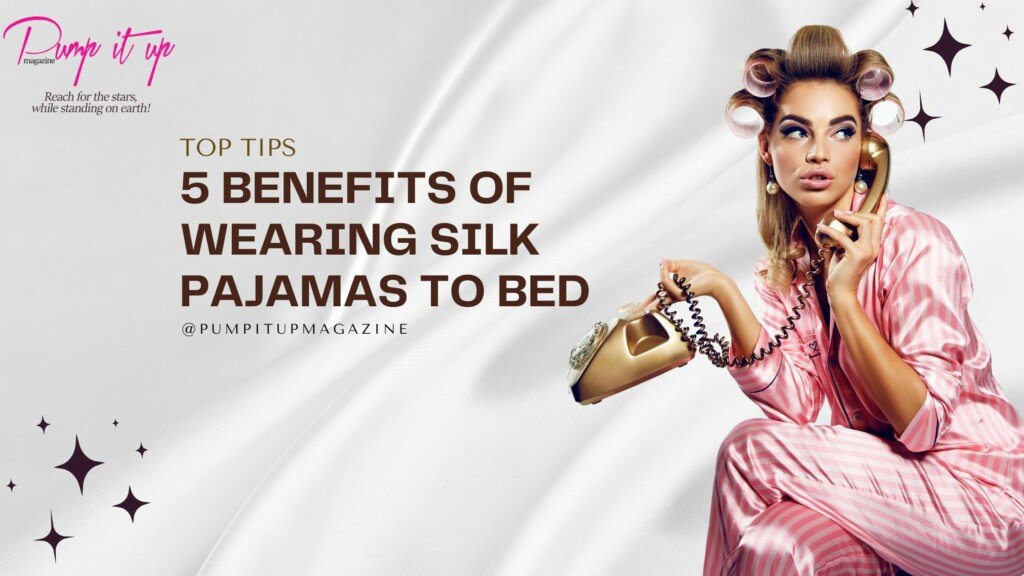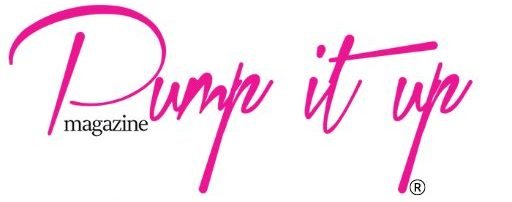As the USA-China trade war continues to reshape global economics, a wave of revelations is spreading across TikTok—exposing the truth about how luxury fashion brands operate behind the scenes. Under the viral theme “USA China trade war luxury brands exposed TikTok”, Chinese creators are showing the world how many luxury items are manufactured in China for a fraction of the retail price.
This digital movement is creating shockwaves in both fashion and consumer culture. With insider videos going viral, consumers are questioning what they’re really paying for when buying from high-end labels.
The Reality of Luxury Manufacturing in China
Recent TikTok content from Chinese factory workers, logistics experts, and brand insiders shows that many top luxury fashion houses rely on Chinese manufacturing. Contrary to popular belief, “Made in China” does not necessarily mean low quality—it often means mass production at low cost, even for elite brands.
These TikToks show:
- Designer bags being produced for as little as $30 to $50
- The same factories manufacturing both luxury and mid-tier brands
- Raw materials and assembly processes shared across various labels
This transparency has sparked growing interest in the search term USA China trade war luxury brands exposed TikTok, particularly as consumers seek truth in brand storytelling.
As reported by the New York Times, many luxury brands quietly rely on the same factories used by mid-tier fashion companies.
The Trade War’s Unexpected Impact on Fashion Transparency
While tariffs and trade negotiations dominate headlines, a less discussed consequence of the USA-China trade war is the increased scrutiny of luxury fashion supply chains. As tensions rise between the two global powers, more focus is being placed on where products are made, and how brands are pricing them.
This has led to a new form of accountability. TikTok videos and social media posts are now spotlighting inconsistencies between brand image and actual production practices. For many consumers, this has resulted in a shift from loyalty to skepticism.
Gen Z Drives the Demand for Ethical Fashion
Younger consumers, particularly Gen Z, are leading the charge. Armed with smartphones, research skills, and platforms like TikTok, they are increasingly demanding:
- Transparent manufacturing practices
- Honest brand communication
- Fair pricing and ethical labor standards
They no longer equate high prices with exclusivity. Instead, they value transparency and authenticity—two areas where many luxury brands are now being challenged.
The Rise of Dupe Culture and Direct-from-Factory Shopping
As the “USA China trade war luxury brands exposed TikTok” trend gains traction, a parallel trend is growing: dupe culture. Consumers are openly embracing high-quality, low-cost alternatives to designer goods—many of which are sourced from the same factories.
This has led to a rise in:
- Direct-to-consumer Chinese platforms like Alibaba and Taobao
- TikTok shopping guides from factory insiders
- Public rejection of brand markups without added value
The bottom line: People want quality, but they also want honesty.
What This Means for the Future of Luxury Fashion
The era of unquestioned brand prestige is fading. Consumers are no longer satisfied with glossy ads and celebrity endorsements. They want answers. They want proof. And TikTok is providing both.
Luxury brands will need to evolve. This may include:
- Relocating manufacturing to regain exclusivity
- Embracing supply chain transparency
- Justifying their pricing with craftsmanship and sustainability
Failing to do so could mean losing a generation of conscious consumers.
Conclusion
The keyword USA China trade war luxury brands exposed TikTok is more than just a trending phrase—it represents a shift in how consumers engage with fashion. As trade tensions expose the realities behind global production, social media is empowering the public to demand better.
Luxury fashion must now redefine itself in an age of accountability. Otherwise, it risks becoming just another label on a long list of overpriced illusions.
Photo by Ron Lach : https://www.pexels.com/photo/women-s-fashion-and-accessories-on-display-9595294/













